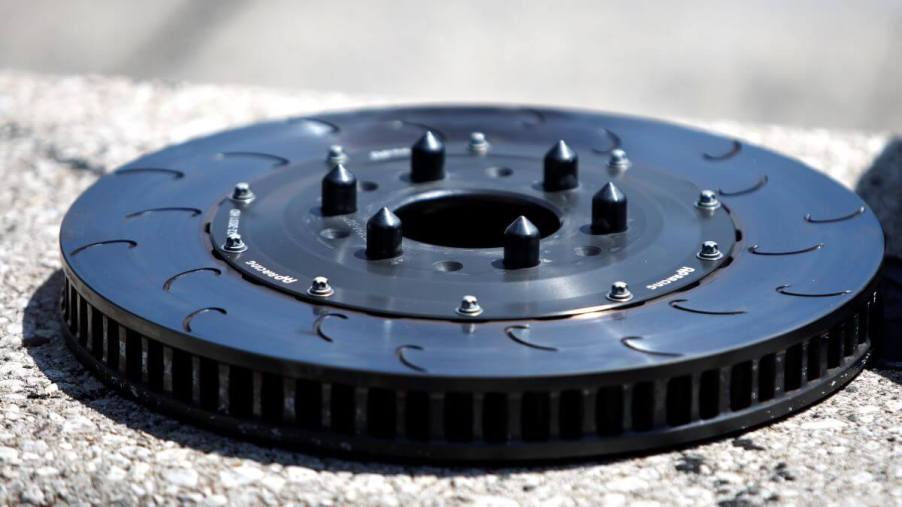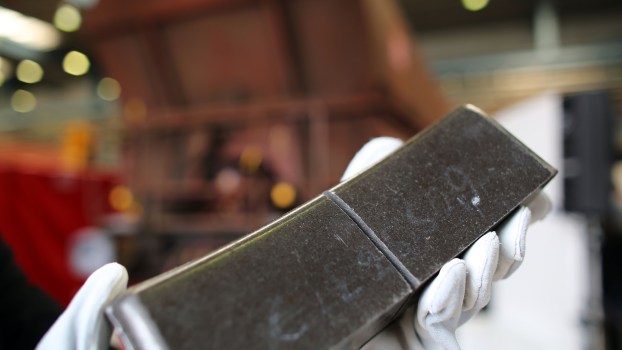
What’s the Difference Between Drilled, Slotted, and Vented Rotors?
Picture the scene – you’re cruising down a beautiful, winding road. Suddenly, a deer leaps out and you instinctively slam on the brakes. Behind the scenes, a marvel of engineering kicks into action, with intricate parts working tirelessly to keep you safe. Part of your vehicle’s ongoing maintenance involves understanding these components, and among them, your vehicle’s rotors – specifically, drilled, slotted, and vented rotors – play a starring role.
Let’s dive into the world of these three rotor types, find out what sets them apart, and discover how they make a difference in your vehicle’s braking performance.
The pioneering drilled rotors
According to Buy Brakes, drilled rotors, named for the multiple holes bored through them, have a fascinating backstory. They were initially crafted for the adrenaline-infused world of racing. Engineered to shed weight off the car and adept at warding off heat, they prove to be a racer’s trusted companion.
When your brake pads squeeze against the rotor to bring your vehicle to a halt, they emit heat, gas, and dust. If this trio builds up, it can dull your braking prowess. Drilled rotors step in here, their holes providing an escape route to keep performance high.
However, there’s a plot twist: their very strength can also be their Achilles heel. The holes can make them more prone to cracking under high stress or intense heat.
Slotted rotors are unsung heroes
Next up are slotted rotors. Unlike their drilled counterparts, these parts come armed with shallow channels or slots across their surface, according to Power Stop. The purpose? To guide heat, gas, and dust away from the rotor and brake pad interface, ensuring an unwavering, clean contact surface for peak braking.
What gives them an edge is their resilience. Thanks to the unbroken structure, slotted rotors stand tall under high-stress conditions, making them a hit on the racetrack. On the flip side, the friction from the slots can lead to faster wear and tear on your brake pads.
The reliable vented rotors
Finally, we have the vented rotors. Their uniqueness doesn’t lie on their surface but in their structure. They feature two iron discs held together by an air gap that serves as a vent, dissipating heat effectively. This makes them the preferred choice for larger vehicles like trucks and SUVs that demand intense, sustained braking.
However, their dual-disc structure adds weight, which could slightly dampen your vehicle’s performance and fuel efficiency – a trade-off for superior heat management.
Choosing the right brake parts for your vehicle
The decision between drilled, slotted, and vented rotors depends on your vehicle’s specific needs and driving environment. If you’re a thrill-seeker regularly engaging in high-performance driving or racing, drilled or slotted rotors could be your winning ticket. For those commanding heavy-duty vehicles, vented rotors are usually the trusted workhorse. But remember, every vehicle is unique, so it would be best to consult a professional before switching things up in your braking system. After all, your safety is paramount!




